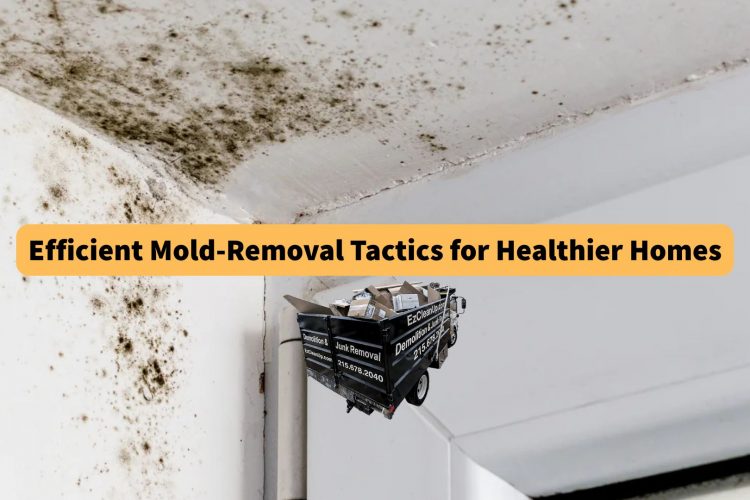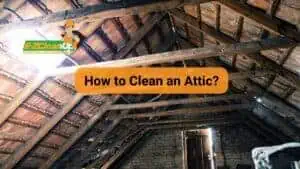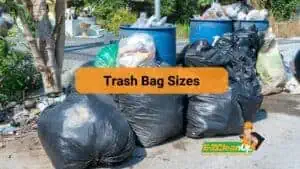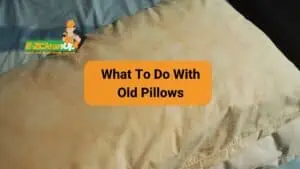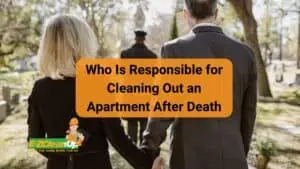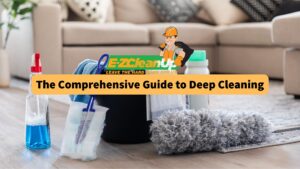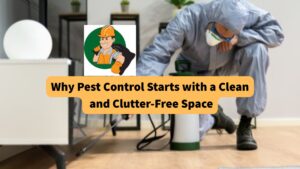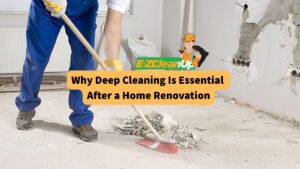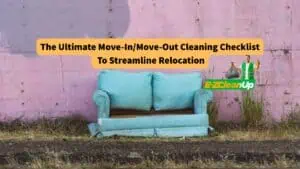Want a healthier home? Then you can start by removing mold fast by spotting problem areas, scrubbing with vinegar or hydrogen peroxide, drying thoroughly, and fixing leaks or damp spots. These simple steps stop mold from coming back and help you keep your home clean and healthy.
To learn more about efficient mold-removal tactics to make your home healthier, this guide will cover tips to help make you and your family breathe easy everyday.
#1 Why Household Mold Is a Health Hazard
Mold isn’t just an eyesore—it can seriously impact your health. It releases allergens, irritants, and even toxic substances called mycotoxins, which can trigger a range of symptoms.
Common Health Effects
Breathing in mold spores indoors can cause:
- Sneezing or coughing
- Runny nose or sore throat
- Wheezing or shortness of breath
- Skin rashes or itchy eyes
- Headaches and fatigue
If you have asthma or other lung conditions, mold can make your symptoms worse—or even trigger an asthma attack.
Who’s Most at Risk?
Some people are more vulnerable to mold-related problems, including:
- Children and seniors
- People with asthma or chronic lung issues like COPD or cystic fibrosis
- Anyone with a weakened immune system (e.g., from cancer treatment or HIV/AIDS)
- Pregnant individuals
For these groups, mold exposure can lead to serious illnesses like fungal lung infections or hypersensitivity pneumonitis.
Even Dampness Alone Can Be a Problem
You don’t need visible mold to be at risk. Just having a damp environment can increase the chances of breathing issues by encouraging the growth of mold, bacteria, and dust mites.
What About Black Mold?
Despite its bad reputation, black mold isn’t necessarily more dangerous than other types. But it can still cause allergic reactions or irritation—especially if you’re sensitive to mold.
#2 How You Can Spot the Signs to Identify Mold Before It Spreads
Here are some signs that your home needs some thorough cleaning:
Smell Something Musty?
A strong, musty smell in rooms like basements or bathrooms often means mold is hiding nearby.
See Odd Stains or Spots?
Look for fuzzy or slimy patches in black, green, gray, or even pink on walls, ceilings, or tiles.
Feel Damp Areas?
Damp walls, wet floors, or soggy furniture can be signs of leaks or high humidity—perfect for mold to grow.
Notice Allergy Symptoms at Home?
Sneezing, coughing, or itchy eyes that get better when you leave might mean mold is in your home.
Check Hidden Spots
Mold can grow behind wallpaper, under carpets, or inside cabinets—especially if paint is peeling or wood looks warped.
Don’t Forget Clothes and Fabrics
Black or white fuzzy spots on clothes or curtains can point to mold in the air.
Still Not Sure? Call a Pro
Experts can use tools to find mold you can’t see, like behind walls or in the air.
#3 Strategies to Remove Mold and Keep Your Home Healthy
Now, if you’re looking for smart ways to remove mold from your home thoroughly, then you can consider these steps to take when mold spreads indoors.
1. Use Safe Cleaners
Spray undiluted white vinegar on mold and let it sit for an hour. Then scrub and rinse. Baking soda mixed with water also works.
For this step, you can spray or make a paste, scrub, and wipe clean.
2. Try Store-Bought Options
Mold removers from the store can work fast. But remember, always wear gloves and a mask, especially when you’re dealing with bleach.
3. Protect Yourself
You can use gloves, goggles, and a mask all the time, so you don’t breathe in mold or get it on your skin.
4. Know When to Toss Things
If mold is deep in carpets, drywall, or ceiling tiles, then it’s better to replace them. This is highly advised because surface cleaning won’t be enough anymore.
#4 Some Tips to Keep the Mold from Returning
Here are some tips that you can do to stop mold from growing again in your home.
- Fix Moisture Problems – You can seal leaks in pipes, windows, or the roof. You can also use fans in bathrooms and kitchens, while a dehumidifier can help too.
- Dry Wet Areas Fast – Try to clean up spills or leaks within 1–2 days because mold can grow fast in damp spots.
- Let Air Flow – Open windows and use fans to keep air moving, since mold doesn’t like dry, breezy spaces.
- Use Mold-Resistant Materials – When remodeling, try to go for mold-resistant drywall, paint, or insulation—especially in damp rooms.
- Maintain Your HVAC – Change air filters and clean vents often to stop mold from spreading through the air.
- Use an Air Purifier – A HEPA air purifier can also help trap mold spores and freshen your indoor air.
- Keep an Eye Out – Always check your bathrooms, basements, and kitchens for stains, smells, or leaks. It’s best to keep in mind that catching mold early can help you save time and money.
- Store Smart – Don’t let food spoil, limit indoor plants, and store items in dry places to give mold less to feed on.
#5 FAQs
How can I tell if what I see is mold or just dirt?
Mold can often appear as irregular, fuzzy, or slimy patches and may have a musty smell. Dirt wipes away easily, while mold tends to grow into the surface and may return after cleaning.
Can using bleach get rid of all types of mold?
Bleach can kill surface mold on non-porous materials but is often ineffective on porous surfaces like wood or drywall. In those cases, the mold may return unless the material is removed.
What’s the difference between mildew and mold?
Mildew is a type of surface mold that is usually white or gray and easy to clean. Mold is often darker, grows deeper into materials, and can be more hazardous to health.
Are there mold-resistant building materials?
Yes. Mold-resistant drywall, insulation, caulk, and paints are available and are especially useful in high-moisture areas like bathrooms, basements, and kitchens.
#6 The Bottom Line – Winning the War on Mold
Mold poses real health risks and can damage your home if left unchecked. The key to winning the war on mold is early detection, effective removal, and keeping your home dry and well-ventilated.
You can use safe cleaning methods, fix leaks promptly, and regularly inspect vulnerable areas. By staying proactive and vigilant, you protect your family’s health and maintain a cleaner, safer living space.

